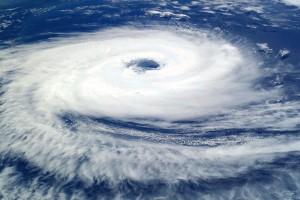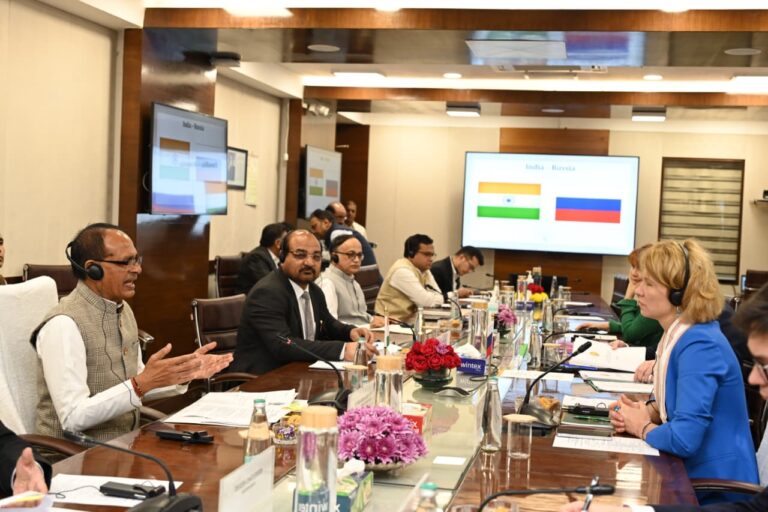
New Delhi: The India Meteorological Department will launch a dynamic, impact-based cyclone warning system on an experimental basis from this season. The launch of this system is aimed at minimising economic losses and damage to property due to the cyclones that hit Indian coasts every year, the Ministry of Earth Science stated here today.
As part of the new system, location or district-specific tailored warnings, which factor in the local population, infrastructure, settlements, land use and other elements, will be prepared and disseminated. All disaster management agencies will make extensive use of cartographic, geological and hydrological data available for the district concerned.
During ensuing cyclone season IMD will start interactive display system for observed and forecast cyclone track and intensity on GIS platform. IMD has also launched various mobile apps including Damini for lightning forecast, Mausam and Umang for weather forecast including cyclone warning and Meghdoot for agrometeorological advisories.
According to Dr.Mrutyunjay Mohapatra, Director General of Meteorology, IMD has achieved significant improvement in track, landfall, intensity and adverse weather including heavy rainfall, strong wind and storm surge forecast.
Besides, IMD has collaborated with the National Disaster Management Authority and state governments of coastal states to develop a Web-based Dynamic Composite Risk Atlas (Web-DCRA), entitled, National Cyclone Risk Mitigation Project (NCRMP)
Cyclones are multi-hazardous in nature and thus they cause heavy rain, strong winds and storm surge over the affected region simultaneously and in its wake the associated property loss can be huge. This can be in the form of damage to houses and roads, farms and agriculture lands, public infrastructure, and power and telecommunication lines, adding to the overall economic burden for the affected families, local administrations and state governments.
With improved technology and increased use of satellite-guided data in recent years, IMD has managed to better cyclones forecast and issue timely warnings.Advance and accurate cyclone predictions, combined with efforts from disaster management agencies, have also significantly contributed in bringing down the cyclone mortality rate over the years. The post-monsoon months of October and November offer the favourable atmosphere and sea conditions for the occurrence of cyclonic storms, which mainly affect coastal Andhra Pradesh, Odisha and West Bengal in east coast and Gujarat in west coast.
– globalbihari bureau





